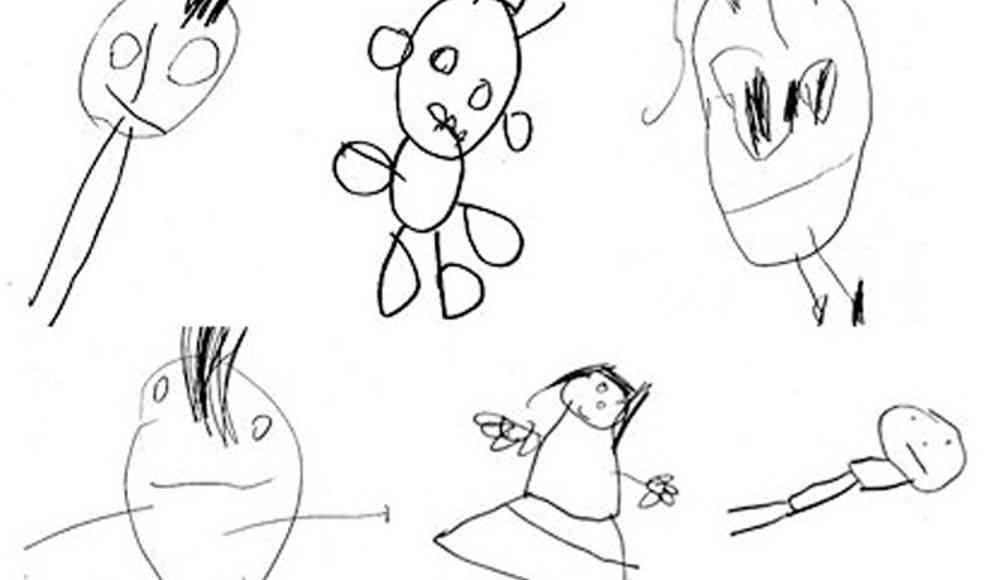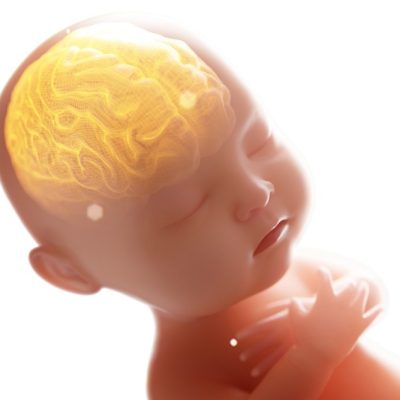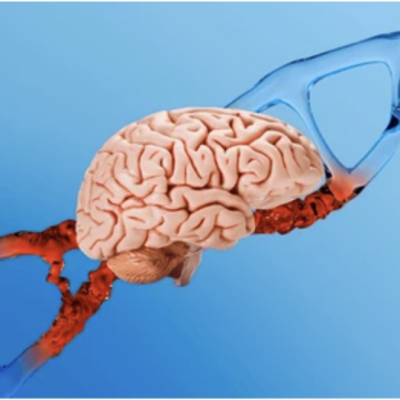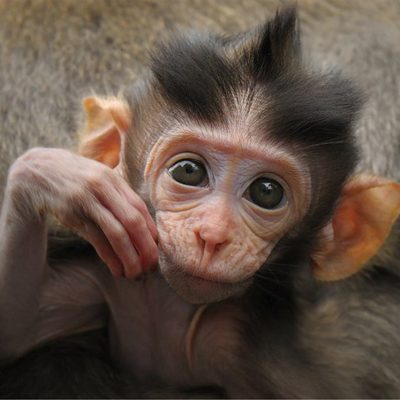British scientists have conducted a long-term study that may predict intelligence in growing children. Ten years ago, four-year-olds were asked to draw a person. Now, at 14 years old, these children were asked to take an intelligence test again. The result shows whether and to what extent there is a correlation between childhood and adolescent intelligence. In psychology, drawing emotions is used for diagnosis as well as therapy. It is not just about what the viewer sees visually, but what is hidden behind the drawing – what a drawing expresses. Often, it is about suppressed emotions and unprocessed intense events. Drawing is not only an artistic expression but also a reflection of emotions and intelligence.
Rosalind Arden, a scientist at King’s College London, has dedicated herself to studying childhood intelligence through a long-term study over ten years. For her work, she and her colleagues evaluated certain drawings of four-year-old children. 7,752 pairs of monozygotic and dizygotic twins each drew a picture of a child. These works were not evaluated based on artistic criteria but compared based on human anatomy. If these drawings showed, for example, legs, arms, face, eyes, nose, mouth, or five fingers on each hand, the child’s mental development could be examined based on these criteria. This test is not new in itself, but the correlation between the intelligence determined at this time and the development ten years later is particularly noteworthy.
Interestingly, correlations were found between childhood and adolescent intelligence. However, the overlap is generally in the middle range, so an early intelligence test is not necessarily a reliable sign of later intelligence or vice versa. In addition to mental development for age, additional factors in the child’s development are of great importance, including genetic and environmental influences. Since monozygotic and dizygotic twins participated in the long-separated studies, another insight can be noted in this regard. The genetic similarity in monozygotic twins is much stronger in the earlier drawings as well as in the tests in adolescence than in dizygotic twins. This underscores the genetic component as an important factor.
In conclusion, this study provides insight into the correlation between childhood and adolescent intelligence. While drawing emotions can be used for diagnosis and therapy, it is also a reflection of emotions and intelligence. However, other factors such as genetics and environment also play a significant role in a child’s development.










